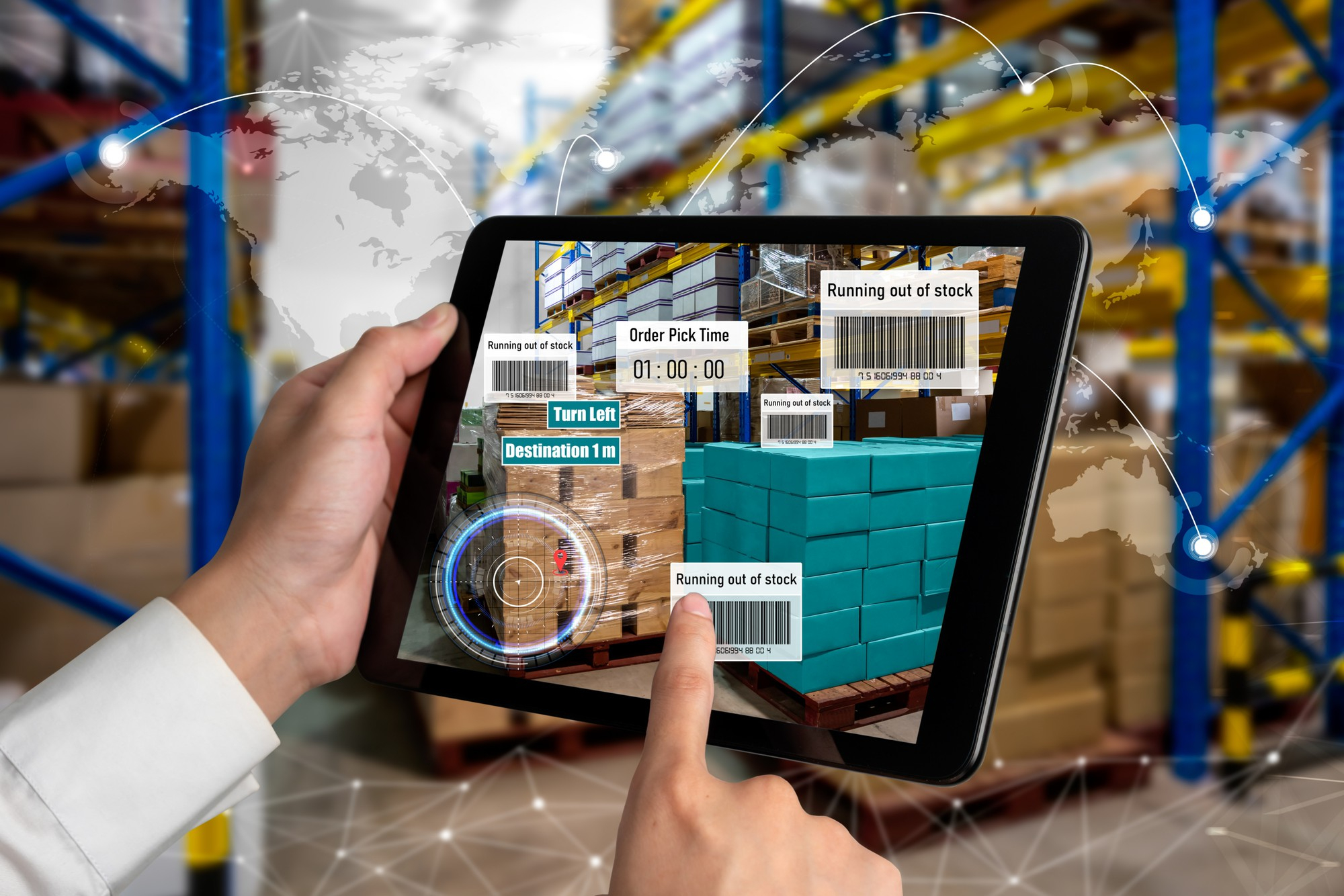Odoo Distribution & Logistics Solutions: Best Practices for Seamless Implementation

In today’s fast-paced business environment, efficient distribution and logistics management is crucial for maintaining a competitive edge. Odoo, a powerful open-source ERP, provides comprehensive solutions that streamline operations, optimize inventory management, and enhance real-time tracking. However, successful implementation of Odoo for distribution and logistics requires a strategic approach.
This guide will walk you through a step-by-step implementation plan, including key features, best practices, challenges, and solutions. Whether you are a small business or a large enterprise, you’ll learn how to leverage Odoo for a seamless logistics and supply chain workflow.
Understanding Odoo’s Capabilities for Distribution & Logistics

Odoo offers a fully integrated system covering warehouse management, inventory tracking, order processing, and transportation management. Below is an overview of the key Odoo modules used in distribution and logistics:
| Odoo Module | Functionality | Benefits |
| Inventory Management | Tracks stock levels, manages warehouses and automates restocking | Reduces errors, increases accuracy and improves efficiency |
| Purchase Management | Automates procurement, vendor management and purchase orders | Ensures cost-effective purchasing decisions |
| Sales Management | Manages sales orders, quotations and customer interactions | Enhances order accuracy and customer satisfaction |
| Warehouse Management | Optimizes space utilization, batch picking and barcode scanning | Increases warehouse efficiency and reduces waste |
| Fleet Management | Tracks transportation, fuel consumption and vehicle maintenance | Improves delivery reliability and reduces costs |
| Accounting & Invoicing | Automates financial | Ensures smooth financial |
| transactions and integrates with logistics | operations. |
Step-by-Step Guide to Implement Odoo for Distribution & Logistics
Step 1: Define Business Objectives & Requirements
Before implementing Odoo, assess your business needs and set clear objectives. Ask yourself:
- What are the major challenges in my current logistics and distribution process?
- What level of automation and tracking do I need?
- Which Odoo modules should I integrate?
Step 2: Choose the Right Odoo Edition (Community vs. Enterprise)
Odoo offers two main editions:
- Odoo Community (Free, but with limited features)
- Odoo Enterprise (Paid, with advanced logistics capabilities)
For large-scale logistics operations, Odoo Enterprise is recommended due to its advanced warehouse automation, IoT integration, and AI-driven forecasting.
Step 3: Set Up the Inventory & Warehouse Management Module
- Configure multiple warehouses and define storage locations.
- Enable real-time stock tracking with barcode scanning.
- Automate stock replenishment using min/max stock rules.
Step 4: Integrate Procurement & Sales Modules
- Connect purchase orders with inventory levels to ensure stock availability.
- Automate order processing to speed up fulfillment.
- Implement dropshipping and cross-docking for faster deliveries.
Step 5: Implement Transportation & Fleet Management
- Track delivery routes and optimize transportation costs.
- Monitor vehicle health, fuel consumption, and maintenance schedules.
- Enable real-time GPS tracking for delivery updates.
Step 6: Customize Reports & Analytics
- Set up custom dashboards for inventory movement, order fulfillment rates, and supplier performance.
- Use Odoo’s AI-powered analytics for demand forecasting.
- Automate financial reporting and invoicing for a smooth workflow.
Step 7: Train Employees & Go Live
- Conduct Odoo training sessions for logistics and warehouse teams.
- Run a pilot test before full deployment.
- Optimize workflows based on initial feedback.
Common Challenges & How to Overcome Them
| Challenge | Solution |
| Data Migration Issues | Use Odoo migration tools or hire an Odoo expert |
| Integration with Legacy Systems | Utilize Odoo’s APIs and connectors for smooth data flow |
| Employee Resistance | Provide hands-on training and highlight efficiency benefits |
| Inventory Inaccuracy | Implement barcode scanning & real-time stock updates |
| Delivery Delays | Use route optimization tools & fleet tracking |
FAQs About Implementing Odoo for Logistics
Q1: How long does it take to implement Odoo for logistics?
Implementation time varies based on business size and complexity. Small businesses can set up Odoo within 2-4 weeks, while larger enterprises may take 3-6 months for full deployment.
Q2: Can Odoo be integrated with third-party logistics (3PL) providers?
Yes, Odoo supports API-based integrations with 3PL providers like FedEx, DHL, and UPS, enabling automated shipping and tracking updates.
Q3: How does Odoo help in reducing logistics costs?
Odoo optimizes inventory levels, automates order processing, reduces manual errors, and enhances delivery efficiency, leading to significant cost savings.
Q4: Is Odoo suitable for both small and large logistics businesses?
Yes, Odoo is scalable. Small businesses can start with basic modules, while larger firms can leverage enterprise features like multi-warehouse management and AI-driven analytics.
Q5: Can Odoo handle international logistics?
Absolutely! Odoo supports multi-currency transactions, global shipping integrations, and compliance with international trade regulations.
Implementing Odoo for distribution and logistics can revolutionize supply chain management, improve warehouse efficiency, and streamline deliveries. With the right modules, setup strategy, and employee training, businesses can achieve seamless logistics operations and gain a competitive advantage.
Ready to Optimize Your Logistics with Odoo?
🚀 Take the first step toward an efficient logistics workflow by implementing Odoo today! Whether you’re a startup or an enterprise, Odoo’s scalable solutions can transform your distribution and logistics management.
👉 Contact an Odoo expert now to start your implementation journey!


